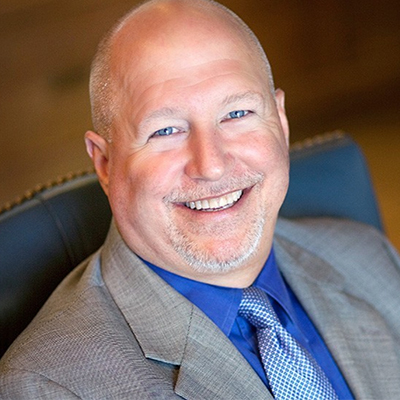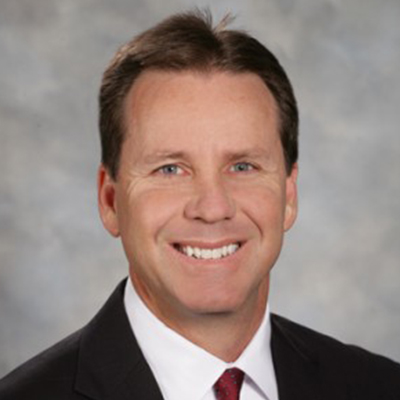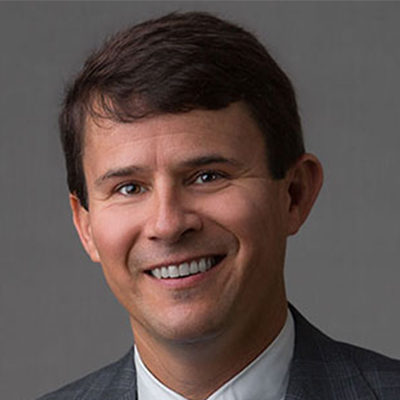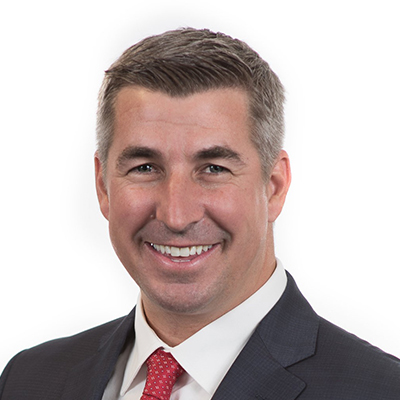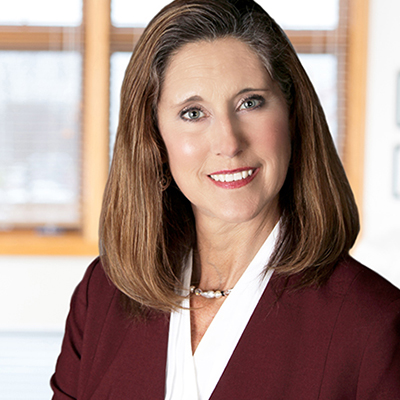In Altman Weil’s work with law firms of all shapes and sizes, managing partners tell us, almost without exception, that some of their practice group leaders are less effective than they’d like. Because law firms compete primarily at the practice group level and outstanding law firm performance is driven by outstanding practice group performance, it is a business imperative for firms to improve the performance of their group leaders. This article sets forth three ways to achieve more effective practice group leadership in your firm.
First, Get the Right People in the Leadership Seats
Wrong leadership won’t generate right results. It is essential to get your best leaders installed in the practice group leader roles. Too many firms select or appoint practice group leaders for the wrong reasons, simply choosing the most senior lawyer in the group, or the biggest rainmaker.
Criteria for Practice Group Leader Selection
Wrong Criteria
- Seniority or end of career
- Book of business/rainmaker
- Not enough to do/underperforming
- Ego need
Right Criteria
- Enthusiasm for the job
- “Gets things done”
- Leadership/management skills
- Gets along with people
- Excellent lawyer
- Delegation skills
- Communication skills
The right reason should be the lawyer’s ability to do the job. And to accurately determine which of your partners are best suited to do the job, you have to be clear what the job is – and put it in writing – in the form of a written job description.
The critical role of the practice group leader is to provide active and rigorous leadership of the group, helping it to achieve a higher level of competitiveness and market position or presence. The leader should spend most of his or her time in the role on leadership activities, not administrative tasks that are better delegated to others in the group or handled by the firm’s professional managers. The group leader is expected to spend sufficient time to carry out the job effectively. The necessary time investment will vary based on the size and nature of the group.
The following areas of responsibility should form the core of the practice group leader’s job description:
Group Plan — Developing and executing an annual plan for the group, with participation from group members in both plan formulation and implementation. (See “A Short Course on Practice Group Planning” in our July 2011 issue.)
Lawyer Plans — Ensuring that each lawyer in the group develops a personal plan for the year. Monitoring the lawyers’ implementation efforts, assisting in changing or revising the plans due to circumstances, and coordinating resource allocation as needed.
Profitability — Understanding, measuring, and reporting on group profitability issues throughout the year. Implementing strategies set forth in the group plan to improve profitability.
Marketing and Practice Development — Executing strategies to expand and improve the group’s practice as defined in the group plan and lawyers’ plans.
Communication and Coordination — Ensuring robust collaboration, coor-dination, and communication within the group and between groups.
Work Product and Quality Control — Allocating work, modeling and monitoring client service quality, and ensuring compliance with quality control policies and procedures.
Lawyer Development — Working with lawyers in the group to identify and provide for professional development needs.
Administrative Policies — Oversight responsibility for ensuring that group members comply with firm policies such as opening new matters, timekeeping, write-offs, billing, collecting, and evaluating associates. Making use of lawyer and nonlawyer resources available in the firm to assist with administrative duties.
It may happen that you have more practice groups than you have capable leaders to head them. In that case, you can combine groups under capable leadership or assign a vacant job to the best available person. Willingness to do the job is of course a factor in the selection process. A practice group leader who didn’t want the job in the first place is not likely to excel in the role or give it the necessary amount of attention.
Second, Help Them Improve
Now you’ve set your roster of practice group leaders, for better or worse. Aim for better by giving them the training they need to capably perform the job. Most practice group leaders have never received formal management training of any kind, have never operated a business, and have not read a leadership book in the past six months. They went to law school to become lawyers, not practice group leaders. There is no reasonable expectation that they should walk into the job knowing how to do it. You have to help equip them to be successful.
We find that firms with the most effective practice group leadership invest time and money in equipping their practice leaders to perform effectively in the roles. Examples of such investment include:
- Regular group training on topics like planning and implementation, business development, pricing and profitability strategies, evaluating associates, or motivating underproductive partners.
- Individual coaches to assess and improve strengths, weaknesses, and leadership styles.
- Intensive leadership training.
- Regular meetings of the practice group leaders to share experiences and best practices and seek advice.
Should you really take time away from billable hours to invest in developing the leadership capability of your practice leaders? Only if you want their groups to improve. As they say, hope is not a strategy.
Third, Provide Real Accountability
To get optimal performance from your practice leaders, firm management must communicate a clear expectation of high performance and put accountability mechanisms in place. Practice leaders must understand that they are expected to actually do what’s in their job descriptions and that their performance will be evaluated. This means providing a clear job description with highest priorities indicated and regular performance reviews. Schedule periodic check-ins with the Managing Partner, Executive Committee, or Board not less than quarterly to discuss progress against plan, resource needs, business development targets, recruiting needs and the like. The goal and tone of these meetings should be:
- To make sure progress is being made,
- To discuss resources needed to support the group’s efforts, and
- To encourage (not punish) the group leader.
The approach should always be “How can we help you be more successful?” in a spirit of collaboration and excellence, not reprimand.
Conclusion
These are three simple ways to improve the performance of your practice group leaders, by getting the right people in the leadership seats, helping them to improve, and providing meaningful accountability. Our experience is that these steps will propel your law firm forward to more competitive, higher producing practice groups.
# # #
About the Author

Eric Seeger is a principal at Altman Weil, Inc., specializing in law firm strategy and management. He frequently conducts half-day planning workshops with groups of practice leaders. Contact him at (610) 886-2000 or eseeger@altmanweil.com.





